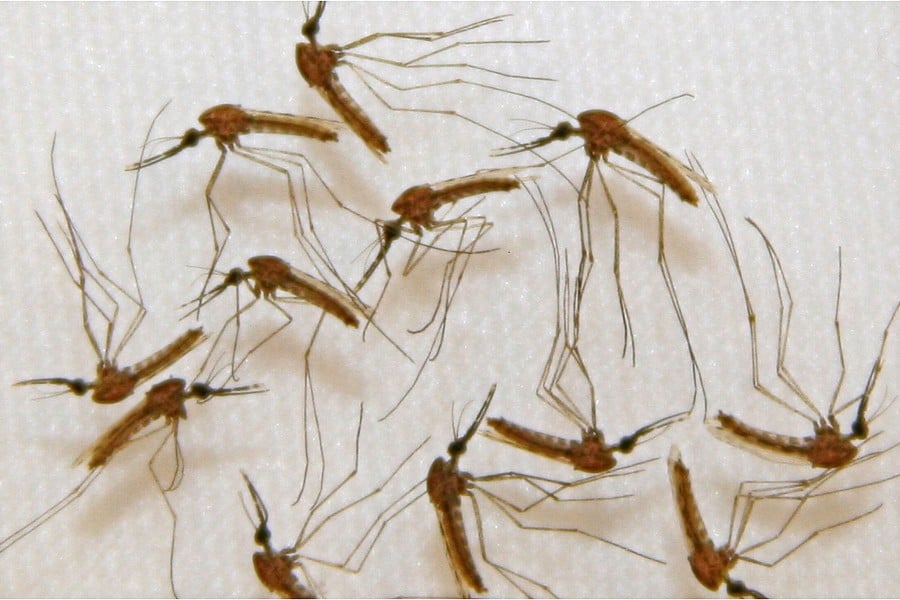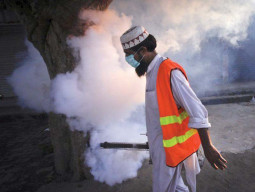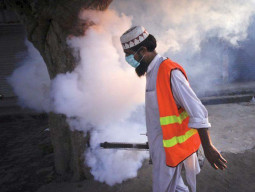
RAWALPINDI/ ISLAMABAD: One of the issues that has affected Pakistan’s fight against dengue is the lack of indigenous research on the vector-borne disease.
To fill this gap, a COMSATS student, Dr Bushra Khalid, took up the issue as a topic of research and completed her PhD thesis titled “Impact of Climate and Urbanisation on Dengue Transmission in Different Regions of Pakistan”.
She took into consideration several climatic and social indicators from Lahore, Islamabad, Rawalpindi and Karachi to measure trends of dengue spread: increasing urbanization, population density, sewage system, water flow conditions, intercity movement, temperature, and rainfall.
Her research found that climate change, extreme weather patterns and abnormal rainfall led to high occurrence of dengue in 2010 and 2011 in Islamabad, Rawalpindi and Lahore.
Inter-city movement and migration was also a cause for spread of the disease. As Rawalpindi and Islamabad experienced increased inflow of people from across the country, the two cities along with Lahore reported more cases compared to Karachi during the study period.
The research said there was a 13-fold increase in urbanisation in Rawalpindi from 2000 to 2009, correlating population density with dengue spread.
She said unregulated urbanisation has provided suitable environment for dengue transmission. However, she said the phenomenon is not restricted to Pakistan as Beijing experienced 40,000 dengue cases in 2011. “Same is the case with Dhaka, Delhi and other far east countries,” she added.
The epidemic in Lahore region was associated with calm winds and high temperatures in 2011, as per study of physical parameters.
Interestingly, Rawalpindi’s geo-morphological location puts the city both at advantage and disadvantage to dengue transmission. The twin cities are located on higher altitude as compared to Lahore and Karachi.
The research said more dengue cases were reported from high drainage density areas leaving Rawalpindi more susceptible to dengue spread.
Sectors F-6, F-7 and G-6 of Islamabad, and Ranial, Garja, Chaklala, Dhamial, Morgah, Kotha Kalan, Rehmanabad, Dhok Munshi Khan, Lakhan, Dhamian Syedan, Adiala, and Tarahia of Rawalpindi were identified as high disease prone areas.
The scholar has suggested that the government regularise urbanisation and take immediate steps to check and unplanned housing. She is of the view that enhancement and development of infrastructure and provision of educational and employment opportunities in other cities should also be taken into account to stop migration towards most dengue endemic cities.
Published in The Express Tribune, May 24th, 2015.



































































COMMENTS
Comments are moderated and generally will be posted if they are on-topic and not abusive.
For more information, please see our Comments FAQ